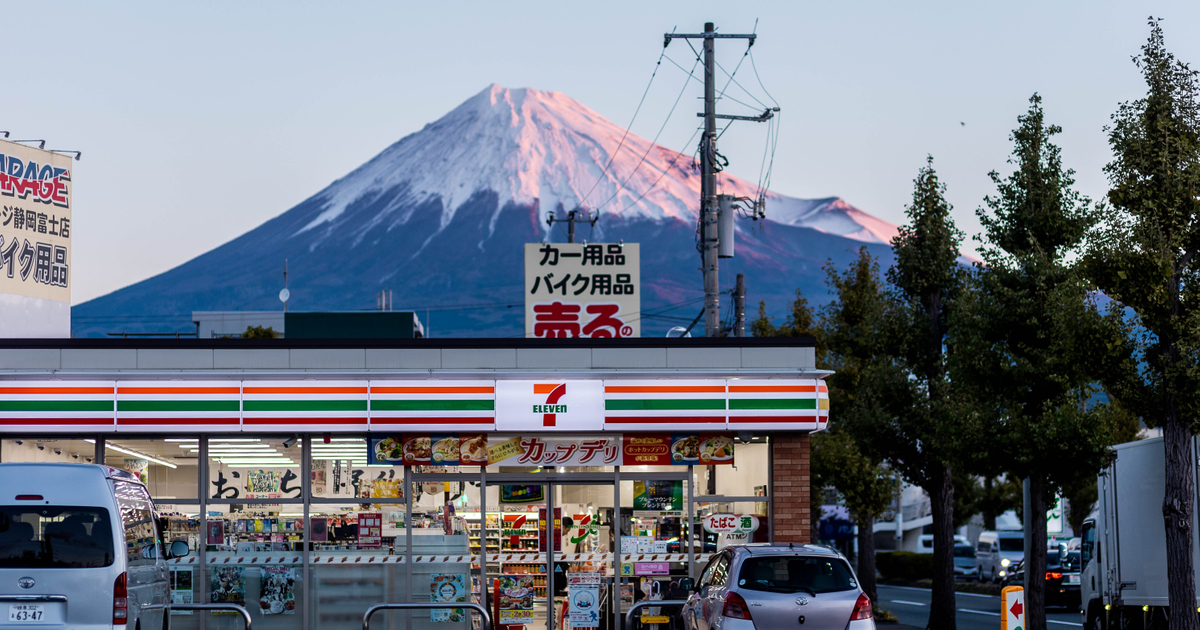I'm A Cosmetic Chemist & This Is How You Actually Spot A True Dupe Product
Not every product is dupe-able.


Our editors have independently chosen the products listed on this page. If you purchase something mentioned in this article, we may earn a small commission.
August 25, 2022 — 9:57 AM
If you aren’t familiar with the term dupe, here’s a basic explanation: A dupe refers to a more affordable version of an alternative pricier or less accessible product. For example, let's say you found a drugstore nail polish that mimics the same sunset pink hue as another, more expensive shade—you could say you found a dupe.
While nailing down the perfect dupe for a polish or lipstick shade may be based mainly on color payoff, skin care dupes can be a bit more complex. With cleansers, serums, and moisturizers, you’ll want to pay close attention to the ingredients list, along with a few more nuances to ensure you're getting a true dupe. Here, cosmetic chemist Javon Ford explains three ways to spot a dupe for real.
1. Compare concentrations.
When it comes to finding a dupe of a chemical exfoliant product, the first step is to make sure you’re using the same concentration. If your ride-or-die but pricey salicylic acid serum has 2% SA, you’ll want your dupe product to have the same. This is often clearly stated on the front of the product, but it will definitely be on the ingredient label as well.
Ford explains that while two chemical exfoliants may be identical, it’s often the moisturizing agents that create a different experience. For example, if one formula has loads of calming and hydrating ingredients in addition to the acid, your skin may feel better post-application with the more expensive product. Whether or not that is worth the extra price is up to personal preference.
2. The Big 4 matter most.
If you put two ingredient lists side-by-side and realize one of the last ingredients listed is different, that doesn’t necessarily mean it won’t be a valid dupe. “The first four ingredients in the order matter more,” Ford explains. After that, the ingredients are likely in such small amounts that you won’t notice too much of a difference.
Furthermore, the order of those first four will significantly influence the texture of the product—a common factor that makes a dupe, well, a dupe. For example, a moisturizer with water, glycerin, and almond oil in that order would likely feel a bit different if the order was swapped around.
This doesn’t mean a product is better or worse, but it may explain why one product with the same ingredients and a different order feels more or less liquid-y, Ford explains.
One concern many people have when swapping out a pricey product for something more affordable is the risk of breakouts. The only real way to figure out whether or not this will happen is to patch test, Ford says.
Some people may look to the classic comedogenic scale for this step, but Ford explains that it’s “not a good assessment of human skin,” as it doesn't take into account important factors, such as the percentage of a certain ingredient in the formula.
Plus, everyone’s skin is different, so what may cause one person to break out may be a holy grail item for someone else. For this reason, this scale is deemed by countless skin care experts, Ford included, an iffy way to double-check your products.
Instead, patch test: If you want to avoid potential irritation or breakouts on the face, Ford recommends testing your products behind your ear. This will also help test any risk of skin allergy in the new formula.
A quick note:
Ford does note that some products, like vitamin C or retinol serums, may be splurge-worthy given they vary in stability. If you’re looking for room to save, you may want to consider swapping a cleanser or hyaluronic acid serum instead, as the ingredients are much simpler and already stable.
Finding an actual dupe product is a bit more complicated than you might think, but it's oh-so-rewarding when you do. If you have the chance to save a few bucks and still get the same effect, why not do some investigating, right? While retinol and vitamin C may be worth splurging on, gentler products like hyaluronic acid serums are generally more simple and easier to find at a budget-friendly price point.
Heal Your Skin.
Receive your FREE Doctor-Approved Beauty Guide
You are now subscribed
Be on the lookout for a welcome email in your inbox!
https://www.mindbodygreen.com/articles/3-ways-to-spot-dupe-product-from-cosmetic-chemist

 Koichiko
Koichiko 
































